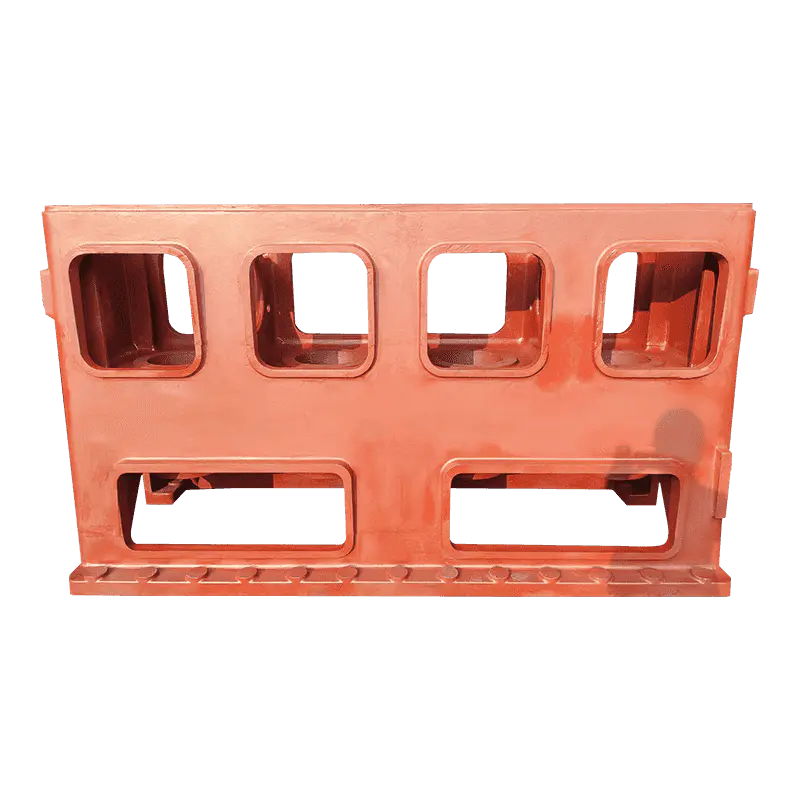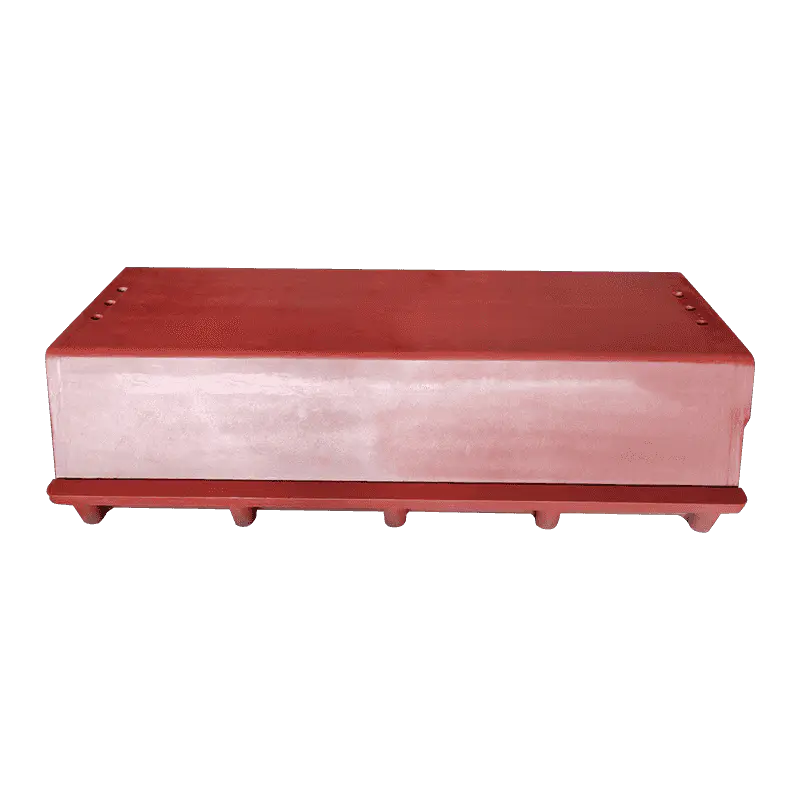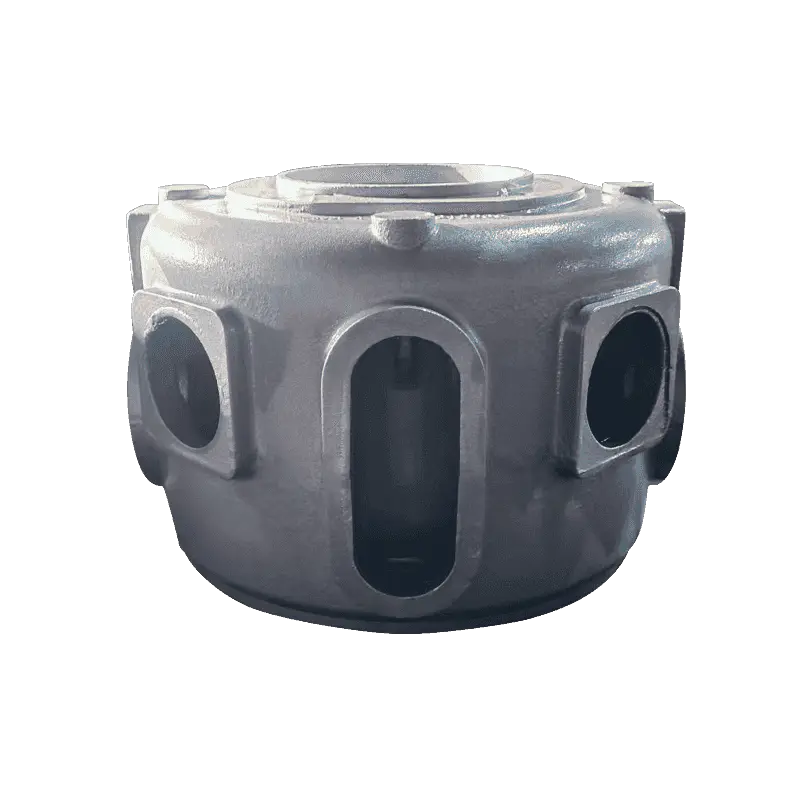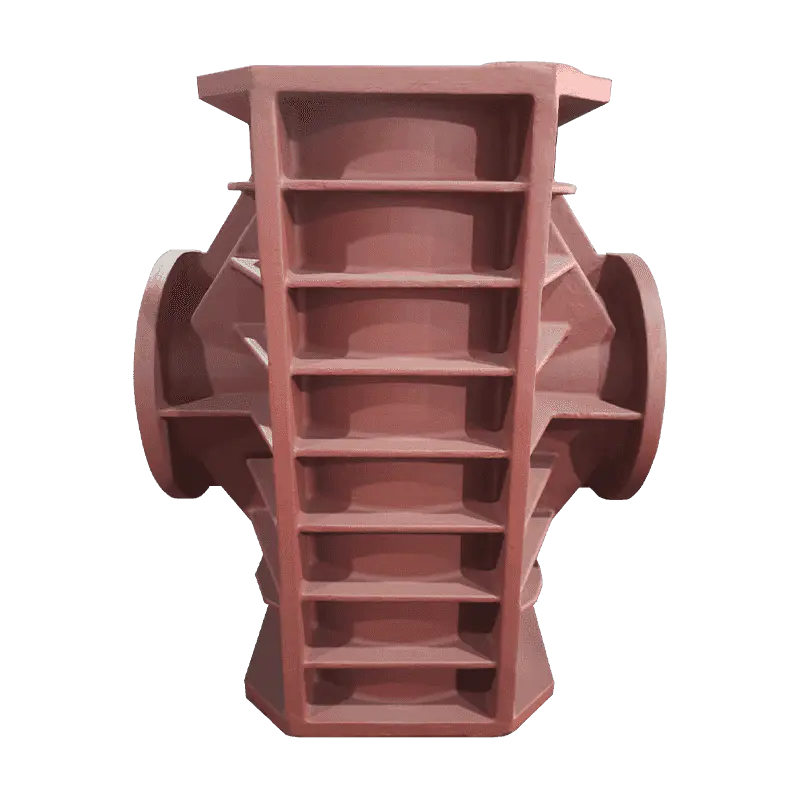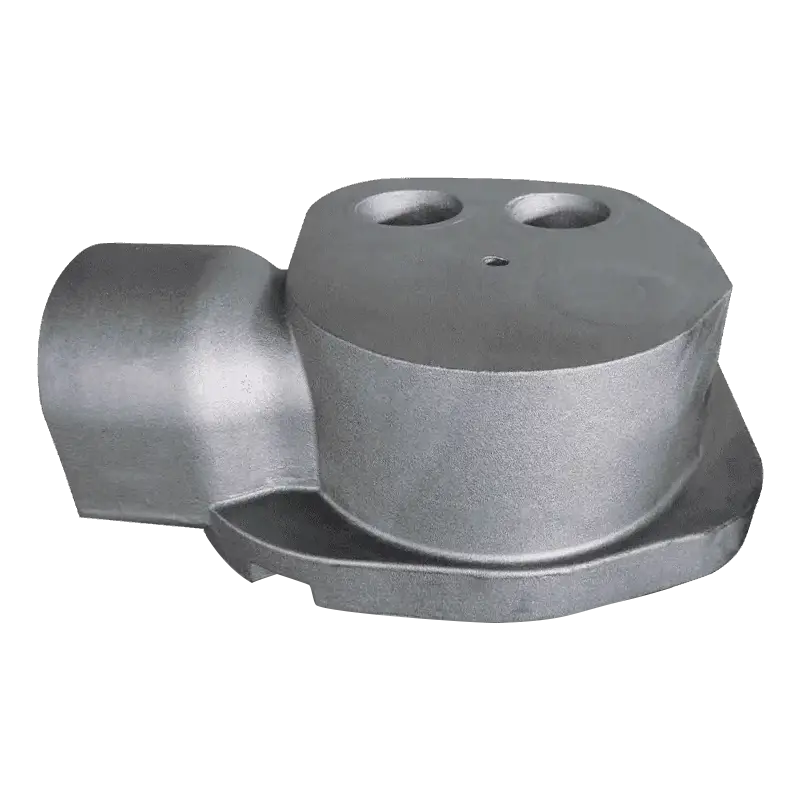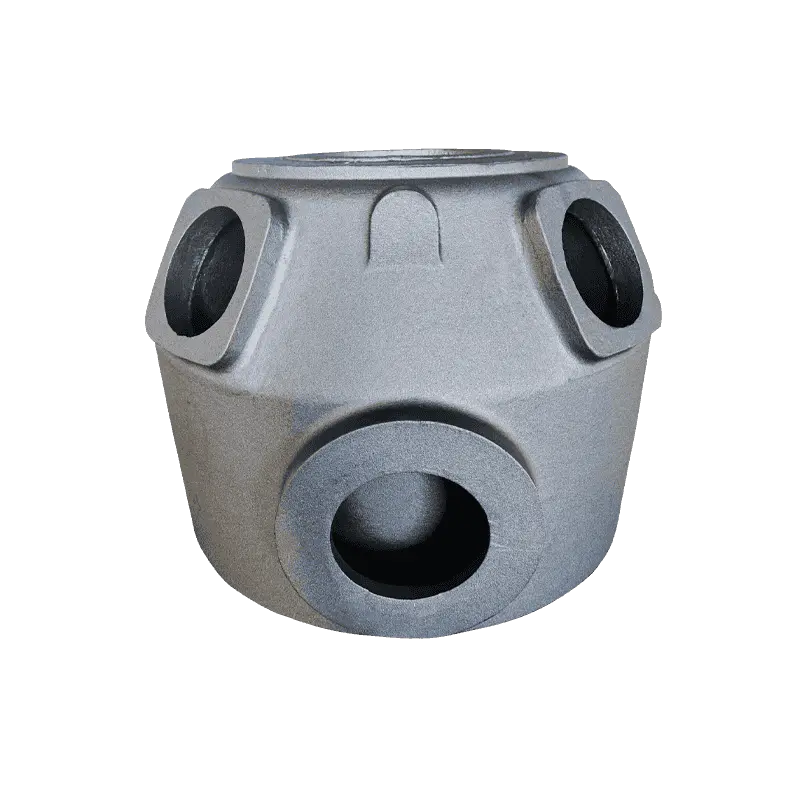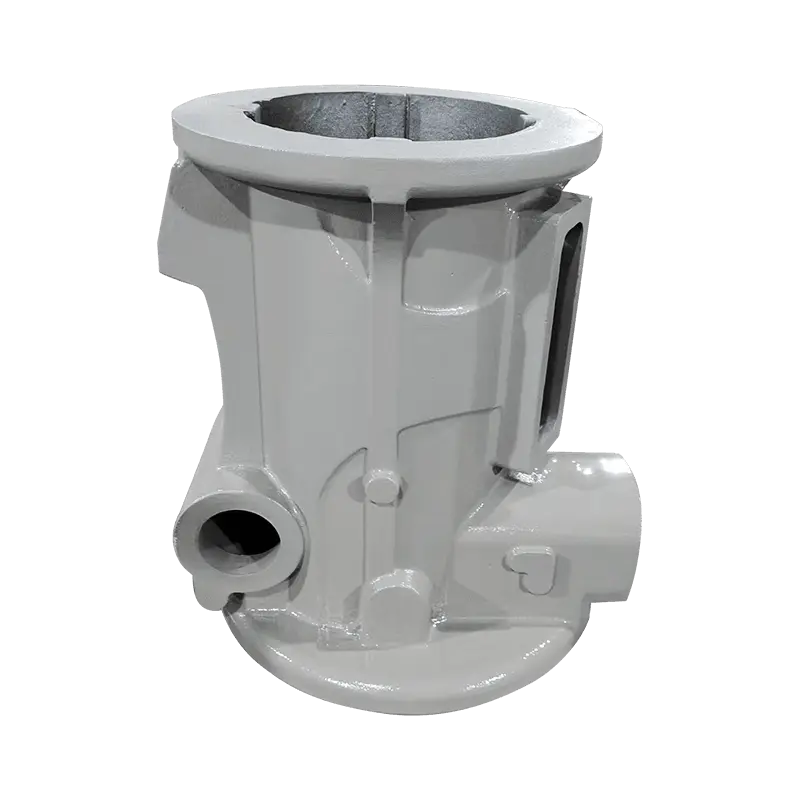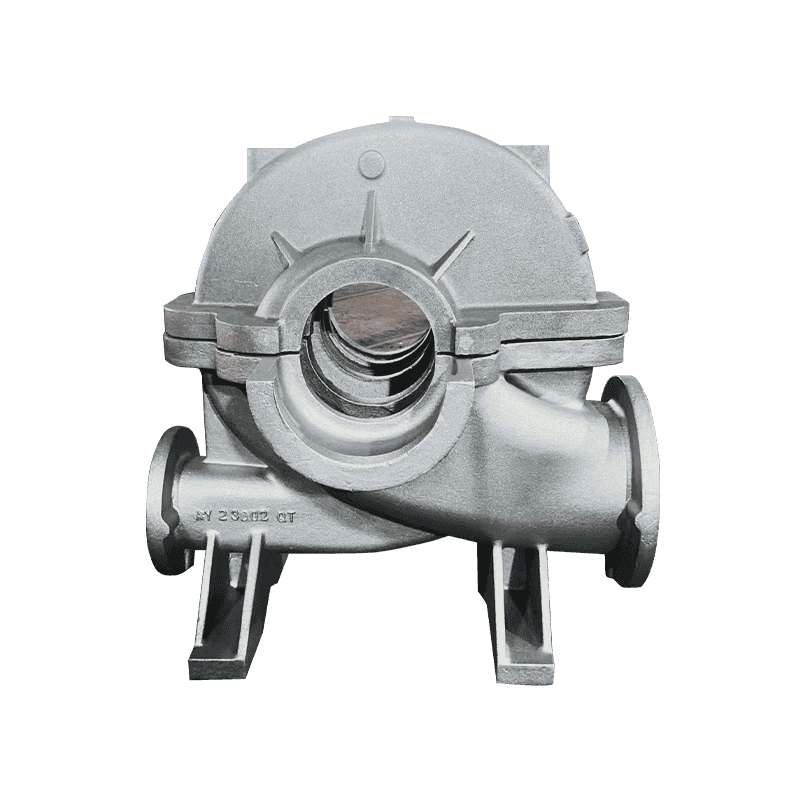1. Mass Dampening and Vibration Absorption
The mass and density of Compressor Castings Parts provide an inherent capacity to dampen vibrations. This is because the material itself (often cast iron, aluminum alloys, or steel) absorbs and redistributes the mechanical energy generated by the compressor's moving parts. Compressor components such as crankcases, valve plates, and cylinder blocks have substantial mass, which helps to reduce the amplitude of mechanical vibrations caused by the piston or rotor movements. This is particularly important during high-speed operations, where the force generated by reciprocating or rotating components can lead to pronounced vibrations.
The high-density material in the castings also serves to reduce the transmission of vibration from the internal components of the compressor to the external environment. By acting as a form of vibration damper, castings minimize the potential for noise generation from the movement of these internal components. The density of the material helps to absorb and dissipate some of the vibrational energy, ensuring smoother operation and a quieter compressor.
Heavy-duty castings, such as crankcases or cylinder blocks, play an essential role in vibration control. These parts are designed to resist deformation under load, meaning they help prevent any undue flexing that could generate additional noise or increase the likelihood of vibration amplification.
2. Stiffness and Structural Integrity
The stiffness of Compressor Castings Parts significantly contributes to vibration control. When a part is stiff, it resists deformation and helps maintain structural integrity during operation. This resistance to deformation is particularly critical in parts like cylinder heads, bearing housings, and crankcases, which undergo significant pressure and stress during compressor operation. Parts that are not sufficiently stiff could deform under stress, leading to misalignment or interference between moving parts. These deformations can exacerbate vibration and lead to increased operational noise.
By maintaining rigidity, Compressor Castings Parts prevent unwanted movement, thus reducing the potential for resonance, which occurs when vibrations are amplified due to the natural frequency of a part or structure. High stiffness-to-weight ratio materials, such as certain aluminum alloys or high-strength steel, are particularly effective in maintaining the machine's integrity and stability, ensuring that all components stay aligned and that vibrations are minimized during both startup and full operation.
In compressor systems where parts undergo fluctuating forces or temperatures, having stiff castings helps ensure that mechanical stresses are distributed evenly across the components. This reduces the possibility of localized stress concentrations that could amplify vibrations and contribute to noise.
3. Design and Shape of Castings
The design and geometry of Compressor Castings Parts play a key role in vibration control. By strategically shaping components such as cylinder heads, valve plates, and crankcases, engineers can influence how mechanical stresses are distributed across the part. For instance, ribbing or reinforced sections in castings help to distribute forces more evenly, thus preventing excessive flexing or distortion under load. The addition of such design features ensures that the parts can resist mechanical stress without generating excessive vibration or contributing to the development of resonant frequencies that could increase noise.
Moreover, curved or contoured casting designs help avoid sharp angles or stress concentrators, which could otherwise create areas of high localized stress that amplify vibrations. For instance, ribbed structures can be integrated into castings to provide extra strength while still allowing the part to absorb vibrations. This is especially important in the compressor crankcase, where the structure needs to withstand significant internal forces while minimizing the potential for vibration transmission throughout the entire unit.
The careful design of Compressor Castings Parts not only improves performance but also contributes to more effective vibration management, ultimately leading to quieter operation. By optimizing the shape of these parts, manufacturers ensure that vibrational energy is less likely to be generated or amplified during the compressor’s operation.
4. Surface Finish and Friction Reduction
The surface finish of Compressor Castings Parts is another crucial factor that impacts both vibration levels and noise generation. A smooth surface reduces friction between moving parts, which helps in reducing wear and improving the operational lifespan of the compressor components. For example, piston-cylinder interfaces in compressors benefit from smooth, polished surfaces, as this allows for better sealing and less friction, which not only reduces heat generation but also limits noise caused by mechanical rubbing.
On the other hand, rougher surfaces can cause higher friction and result in increased vibration. This additional friction can create unwanted noise due to the frictional resistance between parts, contributing to chattering or rattling sounds. High friction can cause uneven wear, leading to premature failure of the parts and an increase in the amount of operational noise.
Therefore, casting processes are optimized to produce smooth, polished surfaces, and in some cases, further post-processing steps like machining or coating are employed to ensure that friction is minimized. These processes help keep noise levels in check, especially in moving parts such as pistons, rods, and crankshafts, which are subject to high-speed interactions.




